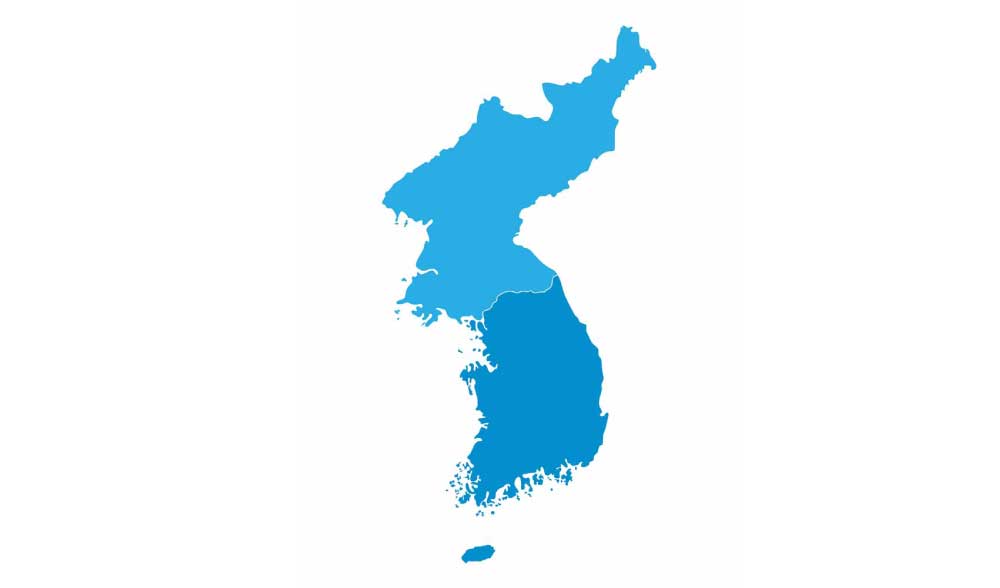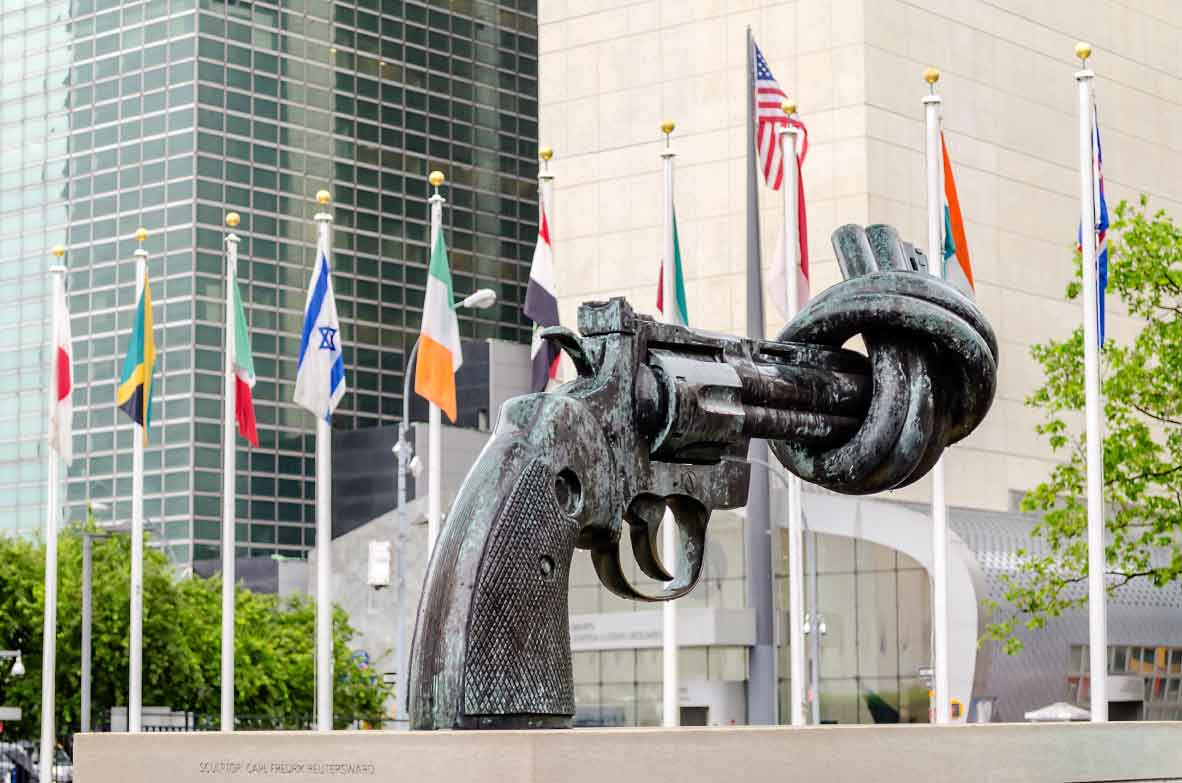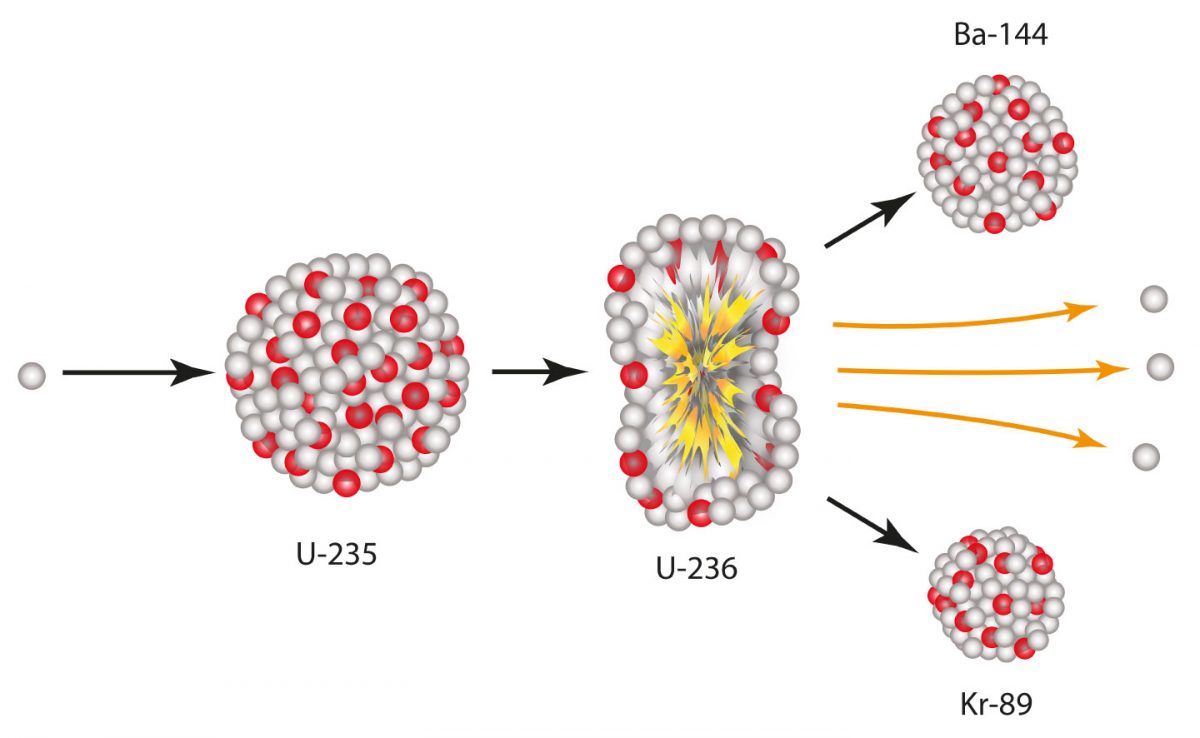Entanglement
Nuclear and non-nuclear weapons and systems are becoming increasingly entangled, raising the risks of inadvertent escalation in a conflict. How can these dangers be mitigated?
Read More
Nuclear and non-nuclear weapons and systems are becoming increasingly entangled, raising the risks of inadvertent escalation in a conflict. How can these dangers be mitigated?
Read More
North Korea’s evolving nuclear arsenal presents a complex security challenge. What can states and international organizations do to reduce immediate nuclear risks while planning for a longer term disarmament process?
Read More
The hibakusha, or those who survived the nuclear attacks in Hiroshima and Nagasaki, are the best known nuclear survivors, but they are not the only ones.
Downwinders grew up near America’s nuclear testing and production sites in places like Utah, New Mexico and Washington State. They are survivors. People from the Marshall Islands endured 12 years of U.S. nuclear testing, and continue to face the negative health consequences of those tests. They are survivors. U.S. military veterans sent to observe nuclear tests and clean up nuclear waste have fought for years for compensation for the harm they’ve suffered. They are survivors. Uranium workers mined and produced the raw materials to make nuclear weapons, often on Indigenous land, without ever being told of the severe health risks. They are survivors.

By Lilly Dragnev Posted January 21, 2021 In international law, Nuclear Weapons, United Nations
Today, the Treaty on the Prohibition of Nuclear Weapons (TPNW) officially enters into force, making nuclear weapons officially illegal under international law. The treaty bans the development, testing, production, manufacture, acquisition, possession or stockpiling, transfer, control or receipt, use or threat to use, stationing, or deployment of any nuclear weapon.
This marks a huge victory for the nuclear abolition movement! Indeed, the International Campaign to Abolish Nuclear Weapons, of which Peace Action is a partner organization, won the Nobel Prize in 2017 for successfully ushering the treaty through the United Nations.
To date 51 countries, with dozens more on the way, have voted to ratify the TPNW. Sadly predictable, the nine nuclear powers have refused to sign the treaty and instead continue to engage in a nuclear arms race threatening the likeliness of a nuclear war. Here in the U.S., only pressure from within can move the needle toward truly getting rid of these horrific weapons. For the past 63 years, Peace Action has helped lead the charge toward nuclear disarmament, and we’ll continue to do so until every last weapon is gone.
Despite their efforts, the nine nuclear-armed countries have been unable to reverse the growing acceptance of the TPNW. Advocates have called it the most far-reaching effort undertaken to permanently avert the possibility of nuclear war, a shadow hanging over the world since the United States dropped atomic bombs on Japan over 75 years ago.
It’s our role and responsibility to push the TPNW’s momentum here in the States.
In addition to this monumental treaty entering force, we also think the incoming Biden administration could provide opportunities to move the needle. Biden is a long-time supporter of nuclear arms control and disarmament agreements—as well as a sharp critic of the Trump administration’s nuclear policies during the 2020 presidential campaign. The new president could advance policies dealing with nuclear issues that differ significantly from those dangerously pursued by Trump. Although his ability to secure U.S. ratification of new treaties will be severely limited by Senate Republicans, we can push for executive action to rejoin the Iran nuclear agreement, extend New START, re-sign the Open Skies Treaty, block the U.S. production and deployment of particularly destabilizing nuclear weapons, and reduce the budget for nuclear “modernization.” We’ll push hard to get him to declare a no first use policy and unilaterally reduce the U.S. nuclear arsenal.
Historically, it’s also important to look at the impact of other treaties that have outlawed weapons–such as chemical and biological weapons, land mines, and cluster bombs. Even if not universally accepted at first, these treaties have shamed other countries into joining them or at least curbed the use of the abhorrent weapons. We can do the same with the TPNW.
Toward a world free from the scourge of nuclear weapons!

Scattered around the world, under the control of opposing nations, exists some fifteen thousand nuclear weapons. The most powerful destructive force ever created, these weapons have the capacity to devastate the entire planet several times over. When former Secretary of Defense William Perry declared he believed that the danger of a nuclear catastrophe was greater today than any time in history, his granddaughter, Lisa Perry, set out to discover why. Featuring the personal stories of presidents, cabinet members, congressmen, nuclear physicists, atomic bomb survivors, military officials, and activists, At The Brink is a primer for every world citizen to learn how we can step back from the brink.
Host: Lisa Perry @LisaAtTheBrink, Featuring: Dr. William J. Perry, 19th U.S. Secretary of Defense @SecDef19
Read More
Dr. Alan Robock has compiled a comprehensive list of resources, including his own nuclear winter research, as well as other resources, to help the public and scientists understand the threat of nuclear weapons.

The IPFM was founded in January 2006 and is an independent group of arms-control and nonproliferation experts from both nuclear weapon and non-nuclear weapon states. It is based at the Program on Science and Global Security. The mission of the IPFM is to analyze the technical basis for practical and achievable policy initiatives to end production and use of highly enriched uranium and plutonium and to secure, consolidate, and reduce stockpiles. These fissile materials are the key ingredients in nuclear weapons, and their control is critical to nuclear weapons disarmament, to halting the proliferation of nuclear weapons, and to ensuring that terrorists do not acquire nuclear weapons.
As of the beginning of 2019, the global stockpile of highly enriched uranium (HEU) was estimated to be about 1335 metric tons. The global stockpile of separated plutonium was about 530 tons, of which about 310 tons was civilian plutonium.

Science & Global Security is an international journal for peer-reviewed scientific and technical studies to support international security, arms control, disarmament, and nonproliferation policy. Based at the Program on Science and Global Security, it was founded in 1989 by a group of scientists from the United States and the Soviet Union to provide a forum for technical discussions on the basis for nuclear arms control and disarmament initiatives. The journal covers nuclear, biological, chemical, space and cyber technologies and programs and related security issues. Its goals are to help develop the technical basis for new policy initiatives to reduce the risks from these technologies to international peace and security and to provide a resource for further scholarship and policy analysis.

Our goal is to reach out to physicists in the United States and mobilize those interested in opportunities for nuclear threat reduction. We welcome physical scientists broadly, including those in engineering. Together, we can be a powerful voice to inform Congress and other key stakeholders in policy making, including the public.
Globally, about 9,000 nuclear weapons, spread over nine nations, lie in wait, tucked in silos in the rural expanses of the USA and Russia, on submarines hidden deep in the ocean, and held at the ready on Air Force bases. Of these, about 2,000 weapons are on constant alert status, capable of launching within minutes when the order comes. Using just a small fraction of these nuclear weapons could raze cities, kill millions, and launch a global famine.
We, the physics community, helped create these weapons 75 years ago and quickly became a voice for caution and restraint in their use. Today, this history positions us uniquely to return the nation’s gaze to the immense threat of nuclear weapons, and to provide a guide for how we can remedy it.
Recent actions by nations that possess nuclear weapons have heightened our risk of nuclear catastrophe. The withdrawal from arms control treaties, new threats to nuclear weapons by cyber-attack, the increasingly complex web of relations and hostilities between nuclear weapons states, and the massive modernization of nuclear forces in the US and Russia, as well as China, are igniting a deadly new arms race. Together, we can reverse this trend.
There are numerous practical steps to reduce the nuclear threat. We can advocate for the importance of international nuclear weapons treaties, beginning with extending New START for another five years. We can teach how the Launch-On-Warning option risks accidental nuclear war. We can defend the expert consensus that the US should not and need not resume explosive nuclear testing. Finally, we can urge our country to commit to a No-First-Use policy, and more.
Join the Physicists Coalition for Nuclear Threat Reduction to learn more about the modern threat of nuclear weapons, to advocate for common-sense threat reduction policies, and to share your perspective with the public and our government.